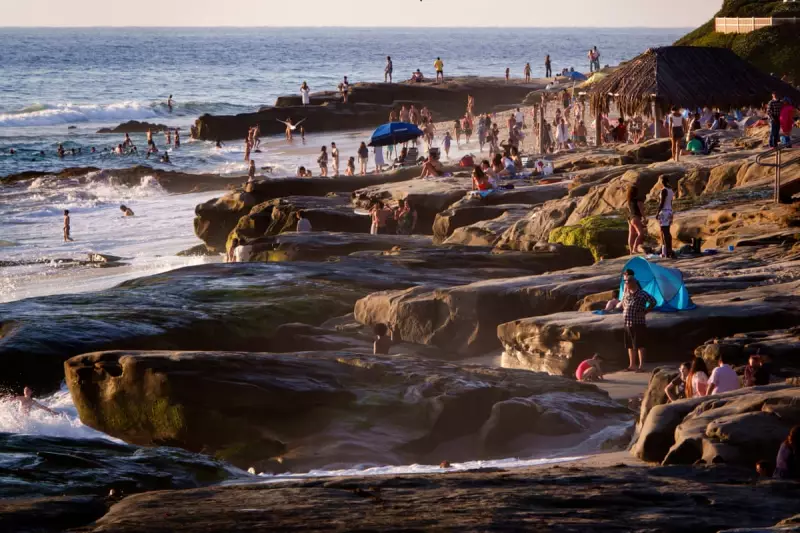
A colossal marine heatwave, eerily reminiscent of the devastating 'Blob' that wreaked havoc in 2014-2016, has emerged in the north-east Pacific Ocean. Scientists are sounding the alarm as sea surface temperatures soar 3-4°C above normal, creating conditions that could spell disaster for marine life and coastal communities.
What's Happening Beneath the Surface?
The National Oceanic and Atmospheric Administration (NOAA) has confirmed this isn't just a temporary spike. The heatwave spans an area larger than many European countries, stretching from Oregon to British Columbia. Researchers describe the phenomenon as 'unprecedented in its intensity and early timing', raising serious concerns about what this means for the coming months.
The Ghost of 'The Blob' Returns
Many will remember the original 'Blob' that dominated Pacific waters nearly a decade ago. That event caused:
- Massive die-offs of seabirds and marine mammals
- Catastrophic coral bleaching events
- Disruption of commercial fisheries worth millions
- Toxic algal blooms that closed shellfish harvesting
Scientists fear this new heatwave could follow a similar destructive pattern, potentially exceeding the damage caused by its predecessor.
Why Should We Be Concerned?
The implications extend far beyond warmer water. Marine ecologists warn that elevated temperatures:
- Force fish species to migrate to cooler waters, disrupting ecosystems
- Cause starvation events among marine animals as food sources disappear
- Increase the risk of harmful algal blooms that can poison seafood
- Accelerate coral bleaching, destroying vital underwater habitats
Coastal communities that depend on fishing and tourism could face significant economic impacts if the heatwave persists through the autumn and winter months.
The Climate Change Connection
While natural weather patterns contribute to these events, climate scientists point to the undeniable role of human-induced global warming. 'The ocean is absorbing most of the heat from greenhouse gases,' explains one researcher, 'and we're seeing the consequences play out in real-time through events like this.'
As monitoring continues, scientists urge policymakers and the public to pay close attention to this developing situation. The fate of the Pacific's delicate ecosystems may depend on how quickly the waters cool - and what actions we take to address the underlying causes.





